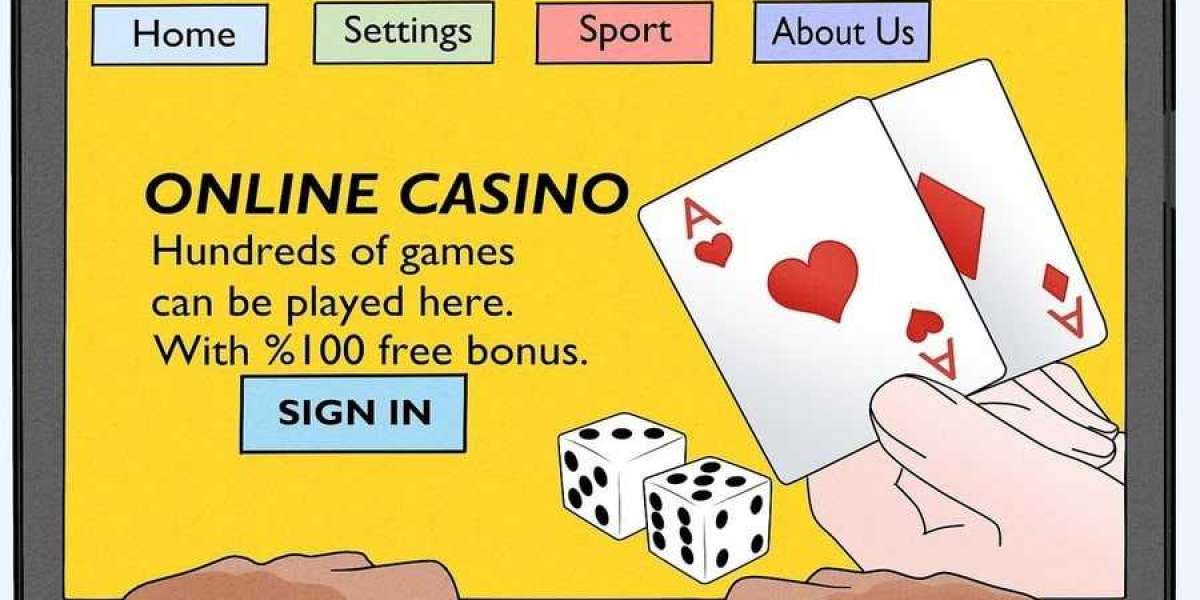Online Multiplayer Games have transformed the gaming landscape, evolving from simple local area network (LAN) gatherings to expansive digital arenas where millions compete. This evolution reflects not only technological advancements but also shifts in social interaction and community building.
Early Days of Online Multiplayer Gaming
In the early 1990s, gaming enthusiasts gathered in homes or cafes for LAN parties. These events allowed players to connect their computers and engage in competitive gameplay. Titles like Doom and Quake set the stage for what would become a burgeoning genre. But what drove this initial interest in multiplayer experiences?
- Social interaction: Players enjoyed the camaraderie of competing with friends.
- Competitive spirit: The thrill of competition pushed players to improve their skills.
- Technological innovation: Advances in networking technology made these gatherings possible.
The Rise of Online Gaming Platforms
As the internet became more accessible in the late 1990s and early 2000s, Online Multiplayer Games began to flourish. Platforms like Battle.net and Xbox Live provided players with the ability to connect globally. This shift raised questions about the future of gaming: Would players prefer the comfort of their homes over the social atmosphere of LAN parties?
The answer was a resounding yes. Players discovered that they could engage with a broader community, participate in tournaments, and enjoy a wider variety of games. This period saw the emergence of iconic titles such as World of Warcraft and Counter-Strike, which became staples in the gaming community.
The Era of Battle Royales and Massive Multiplayer Experiences
Fast forward to the 2010s, and the gaming world witnessed the explosive popularity of battle royale games. Titles like Fortnite and PlayerUnknown's Battlegrounds (PUBG) captivated audiences with their unique blend of survival, strategy, and competition. These games not only attracted millions of players but also created a cultural phenomenon.
What makes these Online Multiplayer Games so appealing? The answer lies in their ability to foster a sense of community and competition:
- Dynamic gameplay: Each match is unique, providing endless replayability.
- Community engagement: Players can form teams, strategize, and build friendships.
- Streaming culture: Platforms like Twitch have made watching and sharing gameplay a social experience.
The Future of Online Multiplayer Games
As technology continues to advance, the future of Online Multiplayer Games looks promising. Innovations such as virtual reality (VR) and augmented reality (AR) are set to redefine how players interact within these digital spaces. Will we see a new wave of immersive experiences that blur the lines between reality and gaming?
In conclusion, the journey of online multiplayer games from LAN parties to massive battle royales illustrates the profound impact of technology on gaming culture. As players continue to seek new ways to connect and compete, the evolution of this genre will undoubtedly continue. For those interested in exploring more about the gaming community, check out this .








